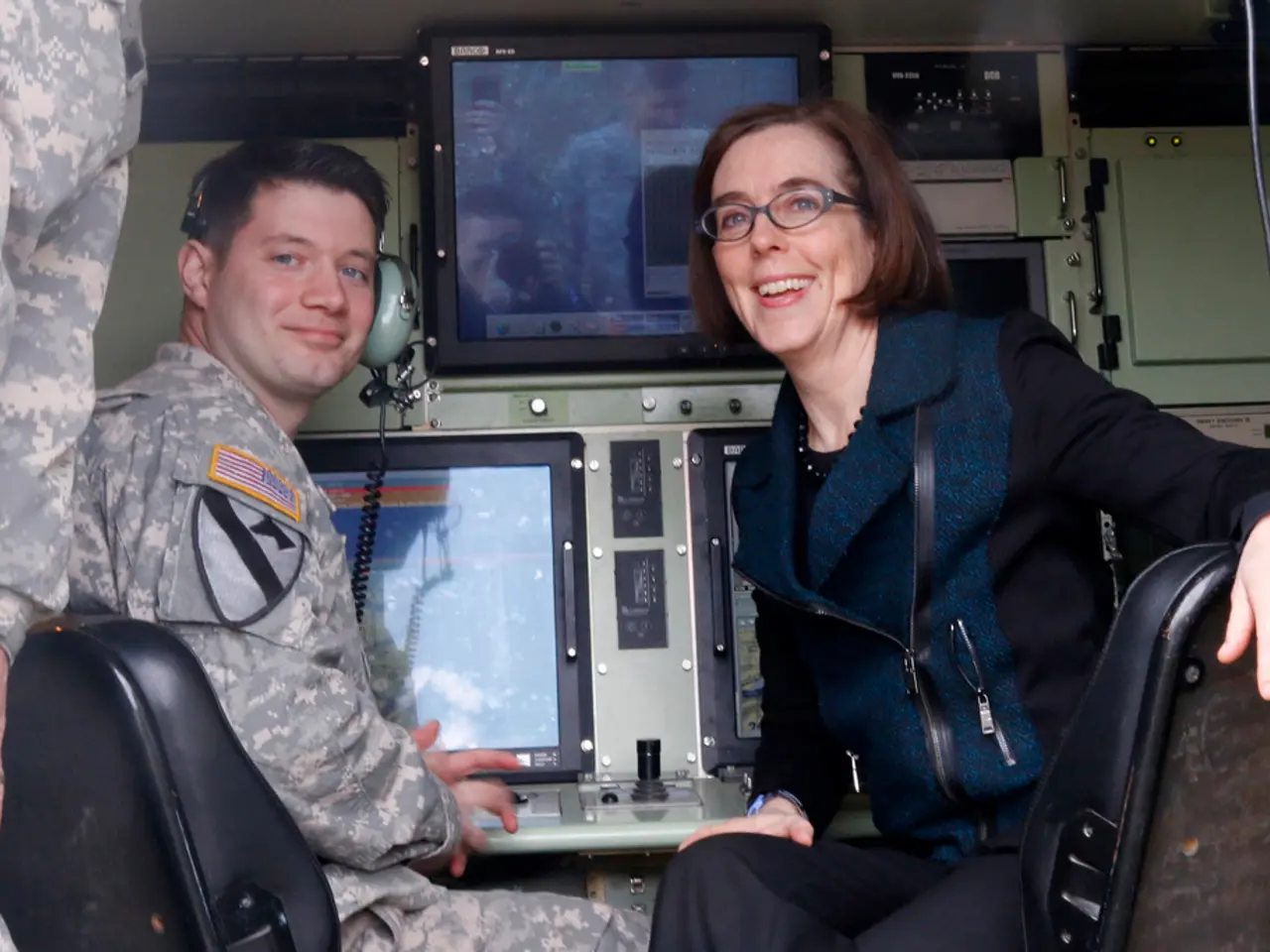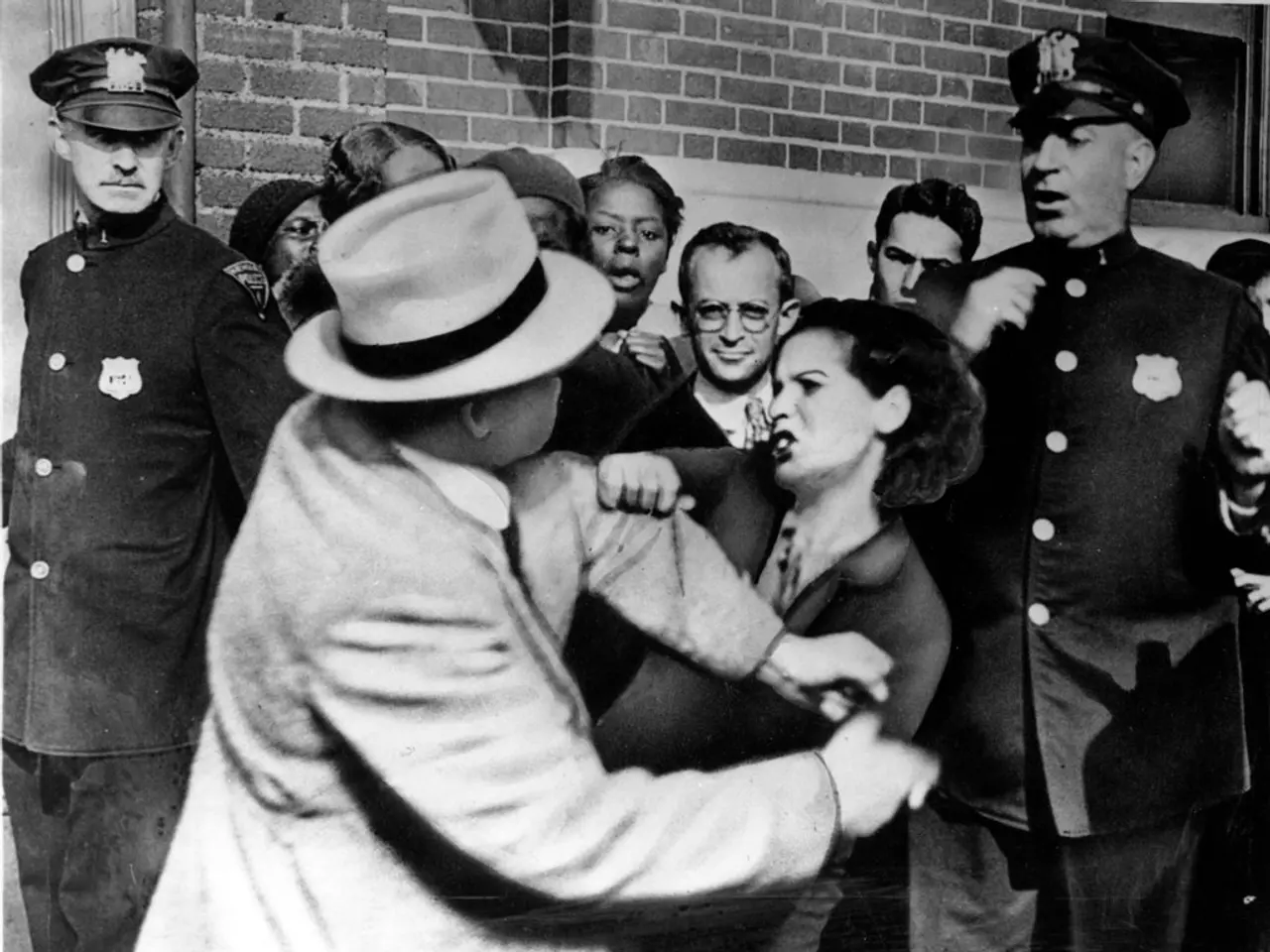Possible firewall danger or final obstacle?
In the ongoing investigation of the Air India plane crash that claimed the lives of 260 people, attention has turned to the critical moments within the cockpit. Preliminary reports suggest that the fuel supply to the plane's engines was cut off shortly after takeoff, with the switches moved from the "RUN" to the "CUTOFF" position[1].
Cockpit voice recordings reveal a conversation between the pilots about the fuel cutoff, with one pilot asking why the switch was hit, and the other denying any involvement[1]. However, other sources claim it was the captain who initiated the action. Emerging claims of potential cockpit sabotage have the investigation focusing on the actions of the senior pilot[2].
Andreas Pinheiro, president of the German pilots' union, Cockpit, emphasises the importance of having two well-rested, qualified, and trained pilots in the cockpit for a safe flight[3]. This sentiment is shared by the union Cockpit, which expresses concern over unresolved technical and systemic aspects, such as the locking function of the switches in question[4].
Vivianne Rehaag, board colleague of Andreas Pinheiro, raises concerns about the reliable transmission of data between the station and the aircraft[5]. The crash occurred in a residential area, adding to the tragedy of the incident.
The typical crew in the cockpits of commercial aircraft has shrunk from five to two members since the 1960s. On very long routes, there are three pilots on board. It is worth noting that the aviation industry is researching aircraft that can fly without a crew, initially intended to happen via remote control from the ground[6].
The most famous example of such an incident is the co-pilot Andreas Lubitz in 2015. Incidents of pilots intentionally causing plane crashes, often referred to as "extended suicides," are extremely rare in commercial aviation[7].
The reactivation of the fuel supply came too late, and the European Aviation Safety Agency (EASA) has recently assessed reducing the number of people in the cockpit as too unsafe[8]. The Embraer of the airline LAM from Mozambique, which crashed in November 2013, was also caused by a depressed pilot[9].
The flight recorder of MH370 of Malaysia Airlines, which disappeared over the Pacific Ocean in March 2014 with 239 people on board, has still not been found[10]. The investigation into the Air India crash continues, with a significant emphasis on understanding the pilots' decisions and actions during the critical moments leading up to the crash.
The investigation into the Air India crash, a tragedy that falls under the category of general-news, is delving deeply into the pilots' actions during critical moments within the cockpit, a crucial aspect of transport safety. The conversation between the pilots, as revealed by cockpit voice recordings, suggests a disagreement about the fuel cutoff switch, which might implicate the senior pilot in crime-and-justice matters such as potential cockpit sabotage. Meanwhile, concerns about the reliable transmission of data between the station and the aircraft, as raised by Vivianne Rehaag, could impact future sports events such as air shows or races.







